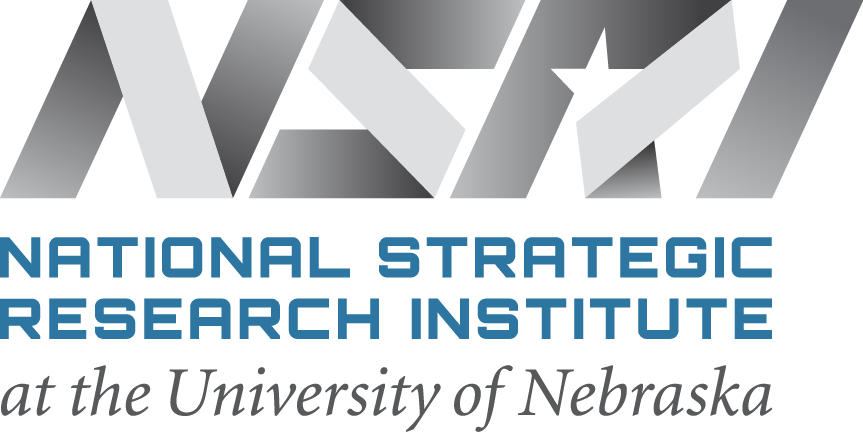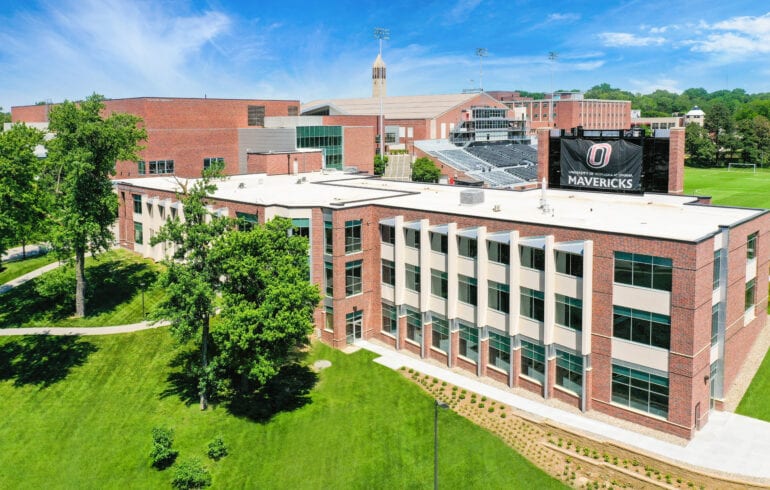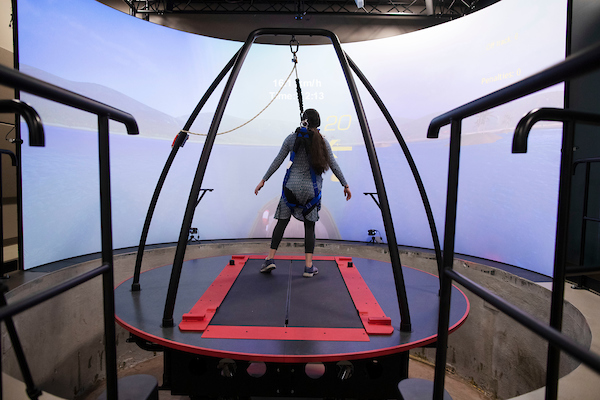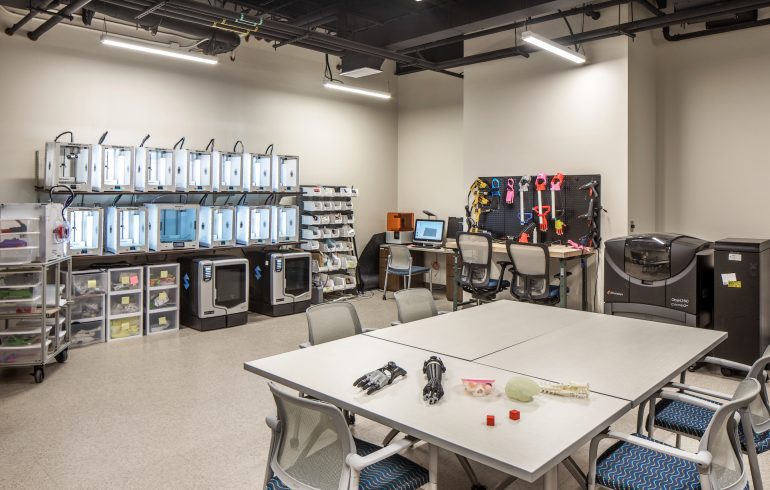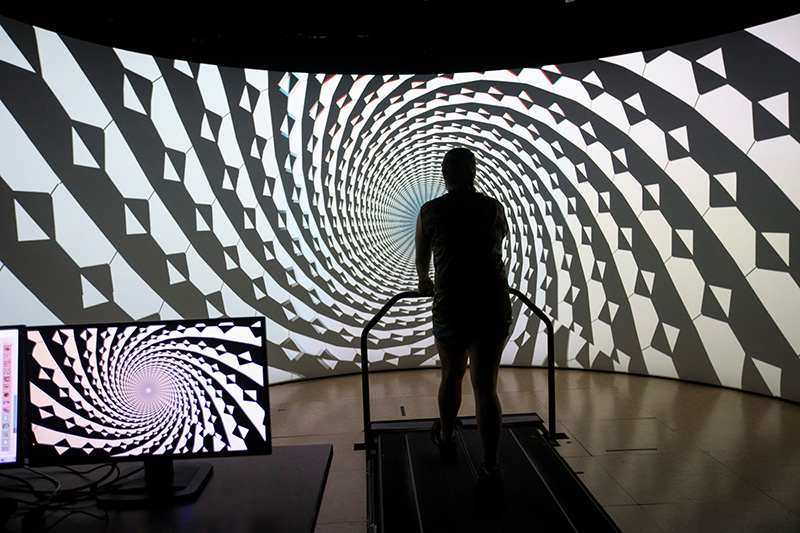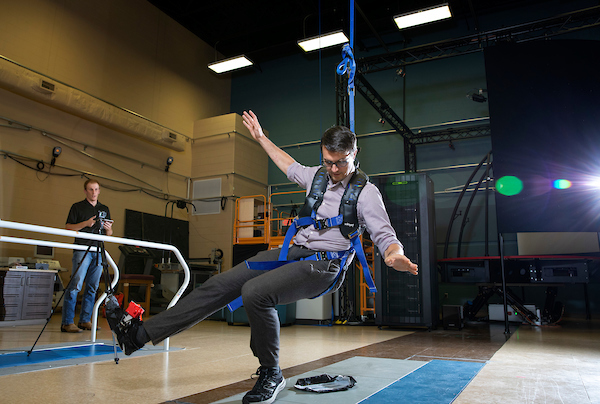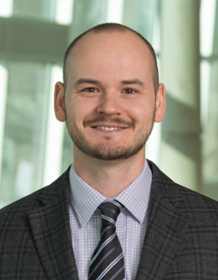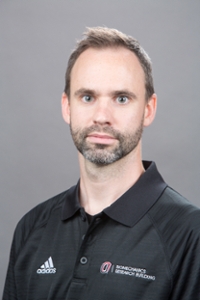Advanced Technology
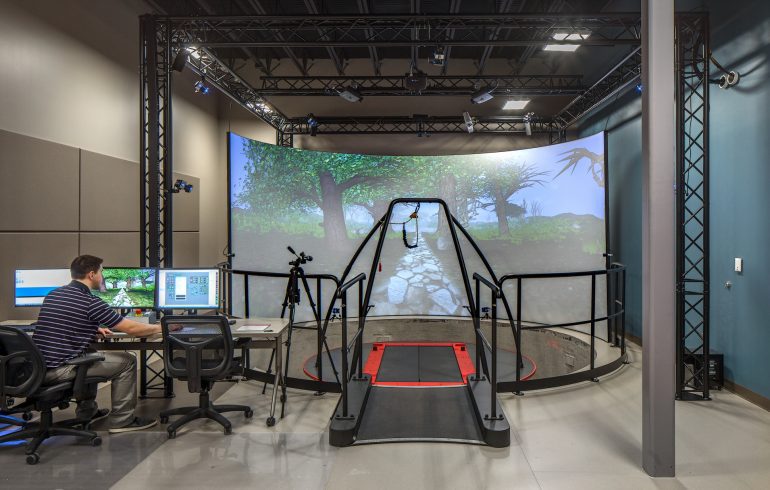
Computer Assisted Rehabilitation Environment (CAREN) system
Allows researchers to immerse a subject in a wide number of virtual scenarios, challenge the subject’s body in a variety of ways and collect data on how that subject responds both physiologically and psychologically. This allows for a greater understanding of how the human body responds to different conditions, such as marches over difficult terrain or operation on rough seas.
Top-of-the-line equipment for manufacturing custom devices on-site for quick testing or for a custom fit for a particular subject. Everything researchers need to produce these devices is available, from industry-grade CAD software to laser cutters, industrial and commercial 3D printers and other advanced manufacturing tools.
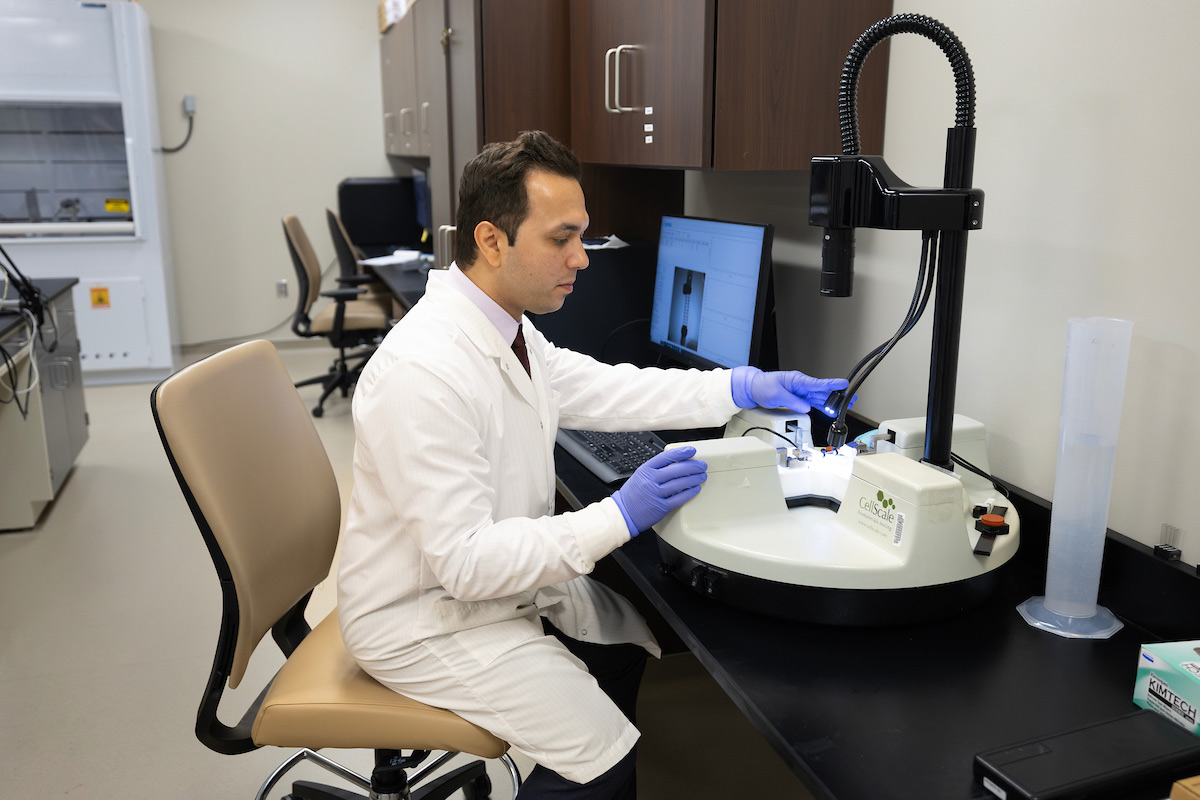
Tissue Analysis Core
Allows researchers to analyze biomechanical and structural properties of various materials and devices in incredible detail. For example, a large micro-CT imaging device allows non-destructive imaging at a resolution of 5μm and can be used to examine both biological materials, such as bones and arteries, as well as manufactured materials and devices. A pulsatile flow circuit and biaxial mechanical characterization equipment also allow for in-depth testing of a material’s mechanical properties.
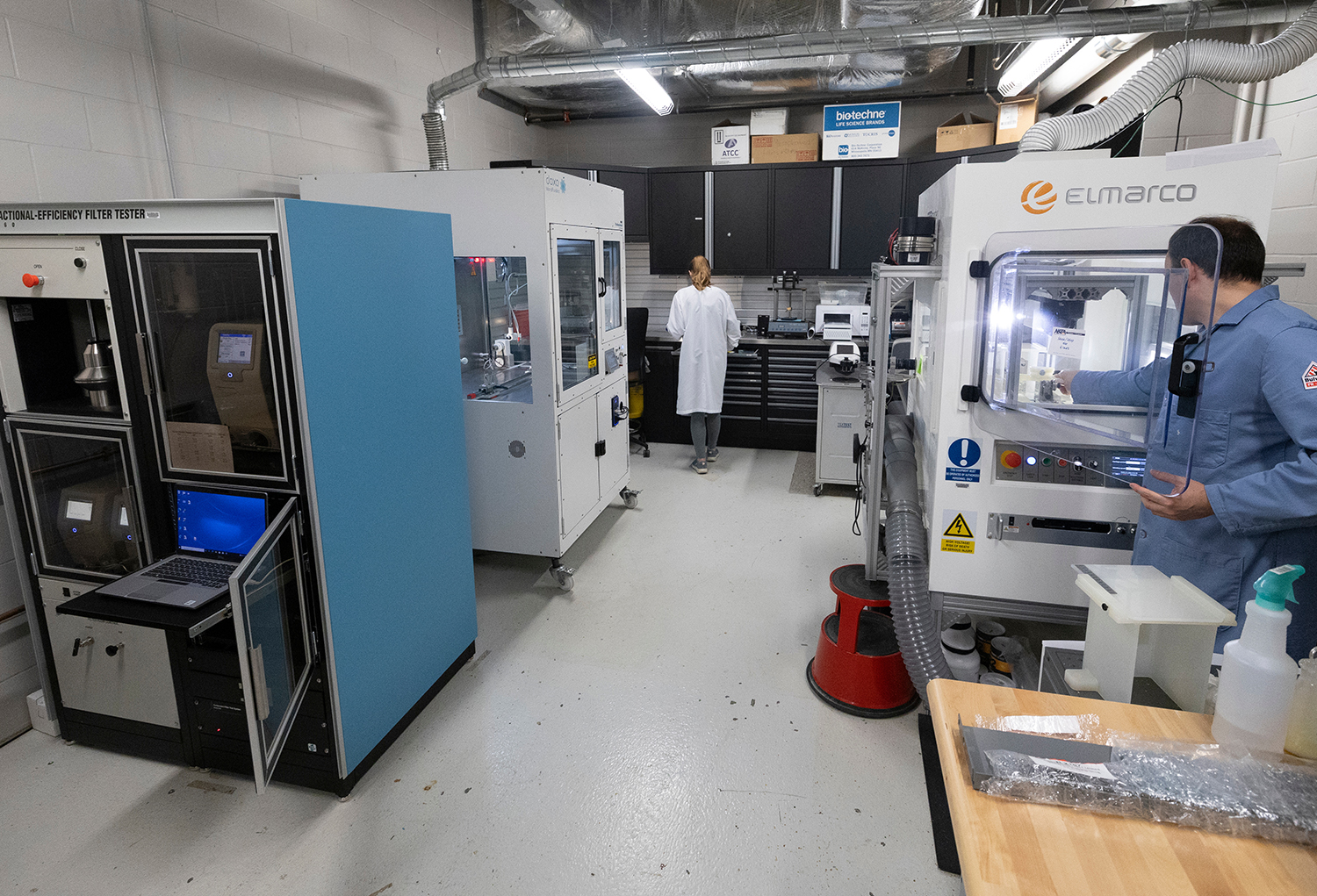
Advanced Materials Lab
Utilizes a range of advanced manufacturing tools to produce textiles with tunable characteristics. These include ultra-high efficiency filters, protective clothing, breathable yet water-resistant fabrics, smart materials for heat retention in cold environments, biodegradable and infection-resistant wound dressings and more. These innovative materials are scalable for mass production, allowing for quick distribution when needed.
Experienced Experts
Professor
Expert in cardiovascular biomechanics, soft tissue characterization and endovascular device development. Focused on experimental and computational vascular mechanobiology and mechanophysiology, vascular pathology and aging and devices and materials for open and endovascular repairs. Holds numerous patents for cardiovascular medical devices. Serves as chair of the UNO Department of Biomechanics.
Associate Professor
Mechanical engineering and biomechanics. Combines clinical, experimental, computational and device design concepts to develop clinically translatable rehabilitation. Focus areas include post-stroke rehabilitation and sports biomechanics.
Assistant Professor
Movement scientist with a broad education and training in biomechanics, cognitive science, statistics and motor control. Researches human movement variability, human performance, cognitive science and nonlinear time series analysis. Led project through NSRI to develop a soldier readiness toolkit for the U.S. Army Combat Capabilities Development Command Soldier Center (CCDC SC).
Professor
Research focused on better understanding functional impairments in patients with peripheral artery disease. Funded by the National Institutes of Health, Department of Veterans' Affairs and NASA. President of the American Society of Biomechanics. Supporting researcher on soldier readiness toolkit for CCDC SC. Serves as UNO Associate Vice Chancellor for Research and Creative Activity.
Contributions to Our Defenders
Researchers use the premiere facility to create a wide variety of concrete benefits for warfighters. Following are three examples of the many former and active efforts for national security.
An NSRI project led by NSRI Fellow Dr. Aaron Likens, UNO biomechanics assistant professor, created a readiness toolkit for the CCDC Soldier Center to analyze a soldier’s physical condition and provide concrete data to decision-makers about troop conditions.
“This technology will give unit leaders and the soldiers themselves more information about how the unit is performing in real-time, allowing them to make informed decisions that may impact mission success,” Dr. Likens said.
Pictured: Dr. Likens (left) with graduate assistants Taylor Wilson (middle) and Kolby Brink (right). Wilson stands on an instrumented treadmill while wearing inertial measurement units. The equipment helps measure movements during locomotion.
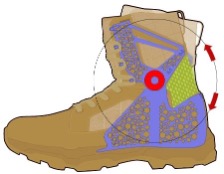
Currently under development is a prototype exoskeleton boot that will allow soldiers with ankle injuries more freedom of movement while recovering — this equipment adheres to U.S. Army regulations that prohibit visible assistance devices during active duty. Several labs at UNO allowed students leading this project to assess existing support devices objectively and figure out what could be improved specifically for use by soldiers.
Pictured: Diagram of the exoskeleton.
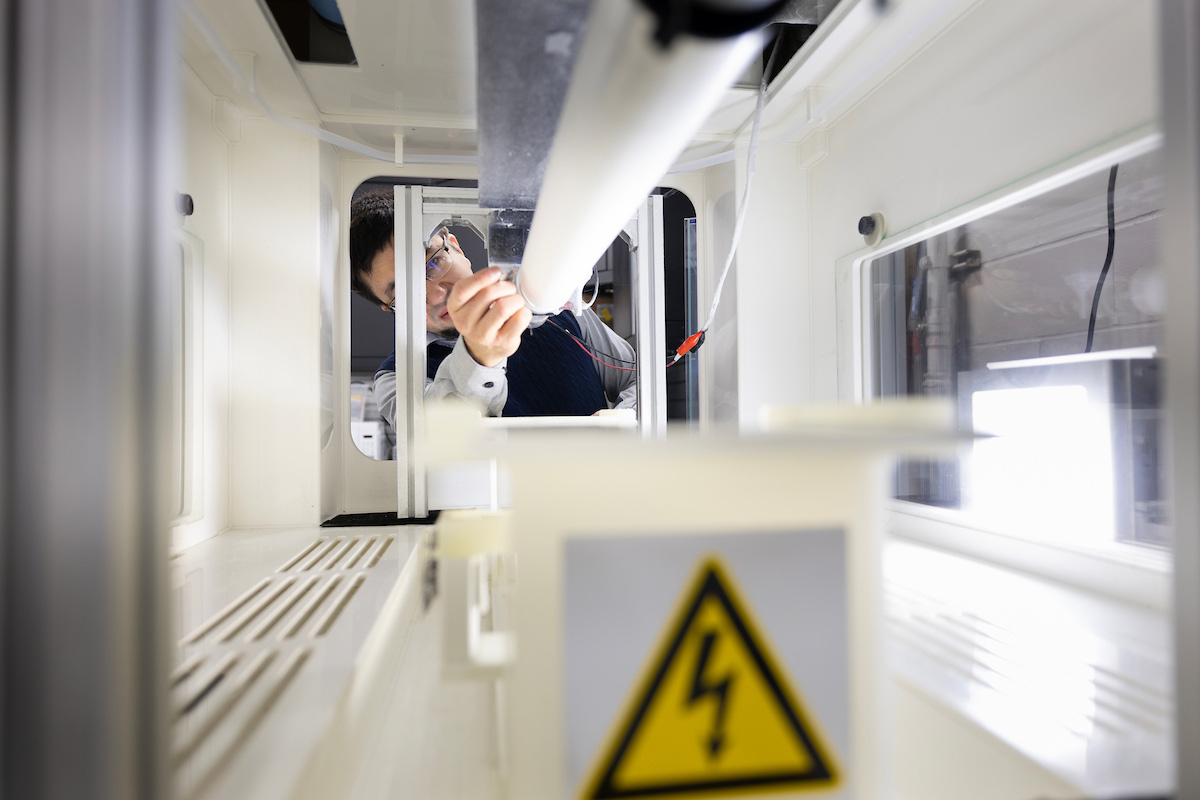
An $11 million grant from the National Institutes of Health has established the Center for Cardiovascular Research in Biomechanics (CRiB), a groundbreaking initiative to develop innovative materials and devices to address the pressing challenges posed by vascular diseases, which remain a leading cause of death and disability globally. CRiB also supports the development of novel infection-resistant wound dressings and vascular grafts, as well as endovascular solutions for warfighters, such as devices for hemorrhage control, robotic catheters, compliant stent-grafts for trauma and many more.
Pictured: NSRI Fellow Yury Salkovskiy, Ph.D., works in the Materials Lab taking off cloth created by laying material over a cylindrical tube using an electrical field.
Human Movement of the Future
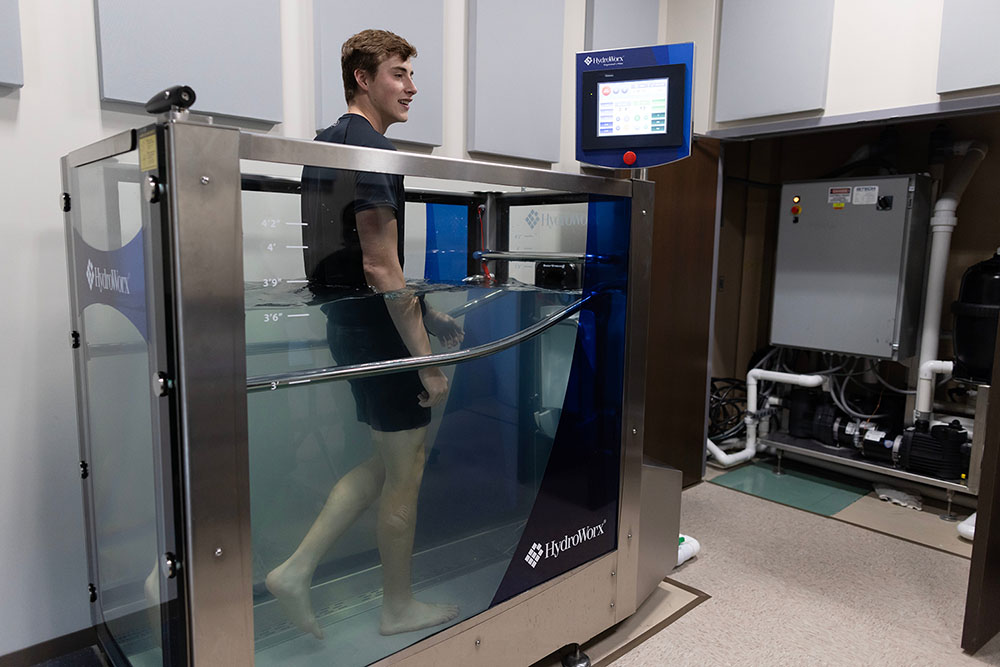
While providing research deliverables, the department also trains collegiate students at all levels to help them gain the expertise they will need to provide solutions in the future. Students are actively involved in most of the research projects taking place in the Biomechanics Research Building. For example, Kolby Brink, now a doctoral student, spoke with NSRI about his experience working on the soldier readiness toolkit in 2020.
"This study has allowed me to ‘jump in with both feet,’ as I am learning several things I had little experience with before."
"The new methods of analyses implemented during this study will provide me with a vast opportunity for exploration and discovery as I learn the various new programs," Brink said.
Developing and supporting the next generation of talented and specialized researchers is one way to ensure UNO will continue to grow and adapt to meet new challenges in the field of biomechanics, including finding solutions for DOW challenges.
"The department is uniquely positioned to meet the complex ongoing needs of the DOW,” explained Dr. Kamenskiy. “Our faculty bring broad specializations and are adept at team-based problem-solving and dedicated to addressing real-world challenges.
"We are able to tailor our expertise to meet specific needs, whether they involve material science, biomechanical engineering or rehabilitative technologies, and our faculty have proven capabilities in translating research into industrial-scale production."
Dr. Thiem elaborated on the benefit the facility can provide to the U.S. Armed Forces.
“The research completed at UNO will provide improved force readiness through reduction of injury and expedited recovery and return to duty when an injury occurs, in addition to supporting our veterans after they’ve completed their military careers," Dr. Thiem said. "For example, developments such as a self-paced treadmill can be used both by warfighters recovering from service-related mishaps and also by veterans recovering from a stroke."
Understanding and supporting the physical bodies of our warfighters is essential for maintaining combat readiness. The UNO Biomechanics Research Building provides the facilities, equipment and capacity researchers need to create solutions — to evaluate warfighter conditions, predict and prevent injuries and support those who have been injured, whether in the field or back home.
Tracking warfighter conditions through wearable sensors, designing state-of-the-art braces for injured soldiers and developing new materials to better treat injuries in the field are just the beginning of the advancements this uniquely equipped facility will provide in coming months and years to help ensure the U.S. military stays the best in the world.
###
Connect With NSRI
As the University Affiliated Research Center (UARC) designated by the U.S. Department of War, sponsored by U.S. Strategic Command and the University of Nebraska System, the National Strategic Research Institute (NSRI) delivers solutions for strategic deterrence and CWMD mission requirements gaps. Our rapid-response capabilities and efficient contracting vehicle can help federal government program managers meet critical research and development needs. Connect with us to learn more.
COOKIE USAGE:
The University of Nebraska System uses cookies to give you the best online experience. By clicking "I Agree" and/or continuing to use this website without adjusting your browser settings, you accept the use of cookies.
